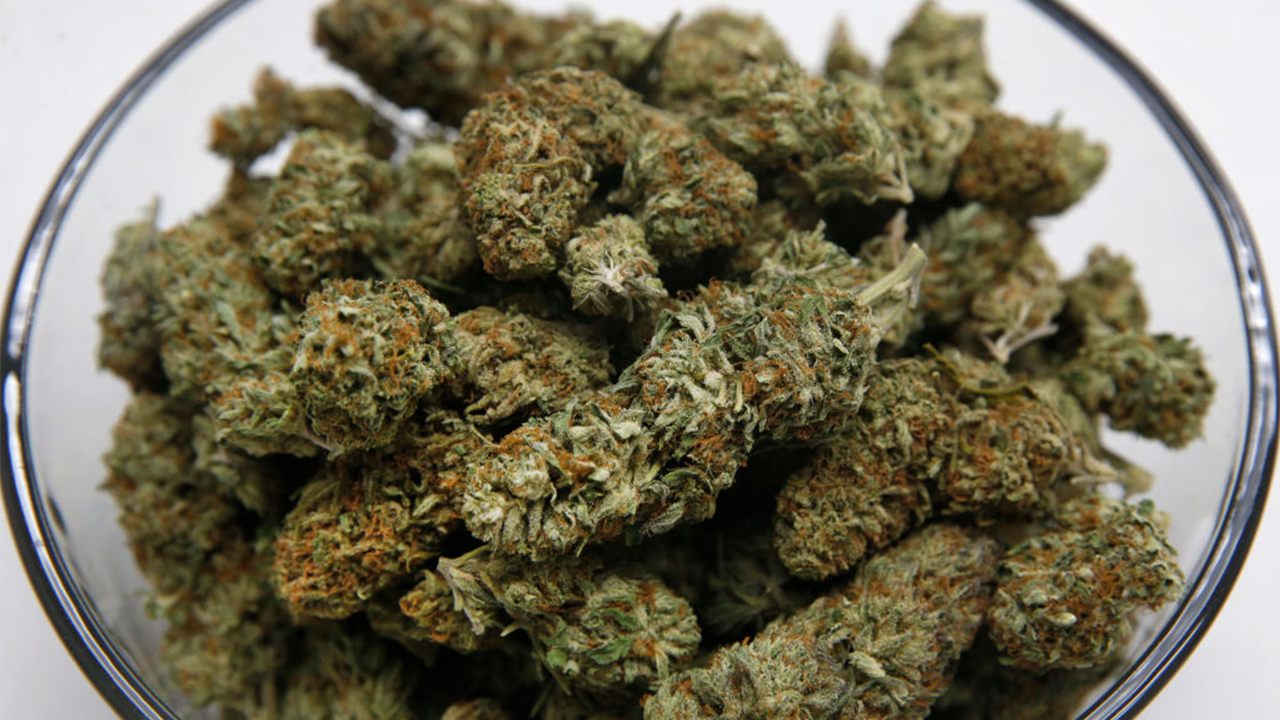Certainly! Here’s a guide to cannabinoids with https://gas-dank.com/shop:
Cannabinoids guide
- What are Cannabinoids?
- Cannabinoids are a group of chemical compounds found in the Cannabis plant.
- Over 100 cannabinoids have been identified, with the two most well-known and studied being delta-9-tetrahydrocannabinol (THC) and cannabidiol (CBD).
- Cannabinoids interact with the body’s endocannabinoid system, which plays a role in regulating various physiological processes.
- THC (Delta-9-Tetrahydrocannabinol):
- THC is the primary psychoactive compound in cannabis responsible for the “high” feeling.
- It binds to cannabinoid receptors in the brain and produces various effects, including euphoria, relaxation, altered perception, and increased appetite.
- THC has potential medical benefits, such as pain relief, nausea suppression, and appetite stimulation.
- The concentration of THC in a cannabis strain determines its potency and psychoactive effects.
- CBD (Cannabidiol):
- CBD is a non-psychoactive cannabinoid that has gained significant attention for its potential therapeutic benefits.
- It does not produce a “high” and may counteract some of the psychoactive effects of THC.
- CBD has been studied for its potential anti-inflammatory, analgesic, anxiolytic (anti-anxiety), and antipsychotic properties.
- It is commonly used for various medical conditions, including epilepsy, chronic pain, anxiety disorders, and inflammation-related conditions.
- Other Major Cannabinoids:
- Cannabigerol (CBG): CBG is a non-psychoactive cannabinoid that may have potential antibacterial, anti-inflammatory, and neuroprotective properties.
- Cannabinol (CBN): CBN is formed from the degradation of THC over time. It is mildly psychoactive and may have sedative effects.
- Tetrahydrocannabivarin (THCV): THCV is structurally similar to THC but produces different effects. It may have appetite-suppressing and potential anti-seizure properties.

- Entourage Effect:
- The entourage effect suggests that the combination of multiple cannabinoids, terpenes, and other compounds in the cannabis plant works synergistically to produce enhanced therapeutic effects.
- It is believed that the presence of different cannabinoids and terpenes modulates and enhances the overall therapeutic potential of cannabis.
- Synthetic Cannabinoids:
- Synthetic cannabinoids are laboratory-created compounds that mimic the effects of natural cannabinoids.
- They are often developed for research purposes or as pharmaceutical drugs.
- Synthetic cannabinoids can be more potent and have a higher risk of adverse effects compared to natural cannabinoids.
- Legal Considerations:
- The legal status of cannabinoids, particularly THC and CBD, varies across countries and regions.
- Some jurisdictions have legalized medical and/or recreational use of cannabis, while others have specific regulations or prohibit its use.
- It’s important to be aware of the laws and regulations in your area before using cannabinoids.
It’s essential to consult with a healthcare professional or medical cannabis specialist to understand the specific benefits, risks, and appropriate use of cannabinoids for your individual needs.

